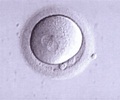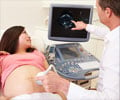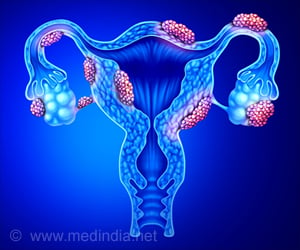A simple ultrasound examination will now be able to predict if a woman is at an increased risk for fractures due to osteoporosis, says a new study.
A new study says that a simple ultrasound exam of the heel may be able to predict if a woman is at risk of suffering fractures due to osteoporosis.
Now ultrasound of the heel may be used to better select women who need further bone density testing, such as a dual-energy x-ray absorptiometry (DXA) exam.Osteoporosis is a disease that is characterized by low bone mass and the deterioration of bone tissue and is a major public health threat.
"Osteoporosis is a major public health issue expected to increase in association with worldwide aging of the population. The incidence of osteoporosis will outpace economic resources, and the development of strategies to better identify women who need to be tested is crucial," said the study's lead author Idris Guessous, M.D., senior research fellow in the Department of Internal Medicine at Lausanne University Hospital in Switzerland.
He added: "Patients with osteoporosis are not optimally treated because of a lack of general awareness. A simple prediction rule might be a useful clinical tool for healthcare providers to optimize osteoporosis screening."
This three-year multicenter study recruited 6,174 women age 70 to 85 with no previous formal diagnosis of osteoporosis, who were then screened with heel-bone quantitative ultrasound (QUS), a diagnostic test used to assess bone density.
QUS was used to calculate the stiffness index, which is an indicator of bone strength, at the heel. Laos, the researchers added other risk factors such as age, history of fractures or a recent fall to the results of the heel-bone ultrasound to develop a predictive rule to estimate the risk of fractures.
Advertisement
Questionnaires were mailed to study participants every six months for up to 32 months to record any changes in medical conditions, including illness, changes in medications or any fracture. If a fracture had occurred, the patients were asked to specify the fracture's precise location and trauma level and to include a medical report from the physician in charge.
Advertisement
The results demonstrated that heel QUS is not only effective at identifying high-risk patients who should receive further testing, but also may be helpful in identifying patients for whom further testing can be avoided.
"Heel QUS in conjunction with clinical risk factors can be used to identify a population at a very low fracture probability in which no further diagnostic evaluation may be necessary," said Guessous.
The study is being published in the upcoming issue of the journal Radiology.
Source-ANI
RAS/L










